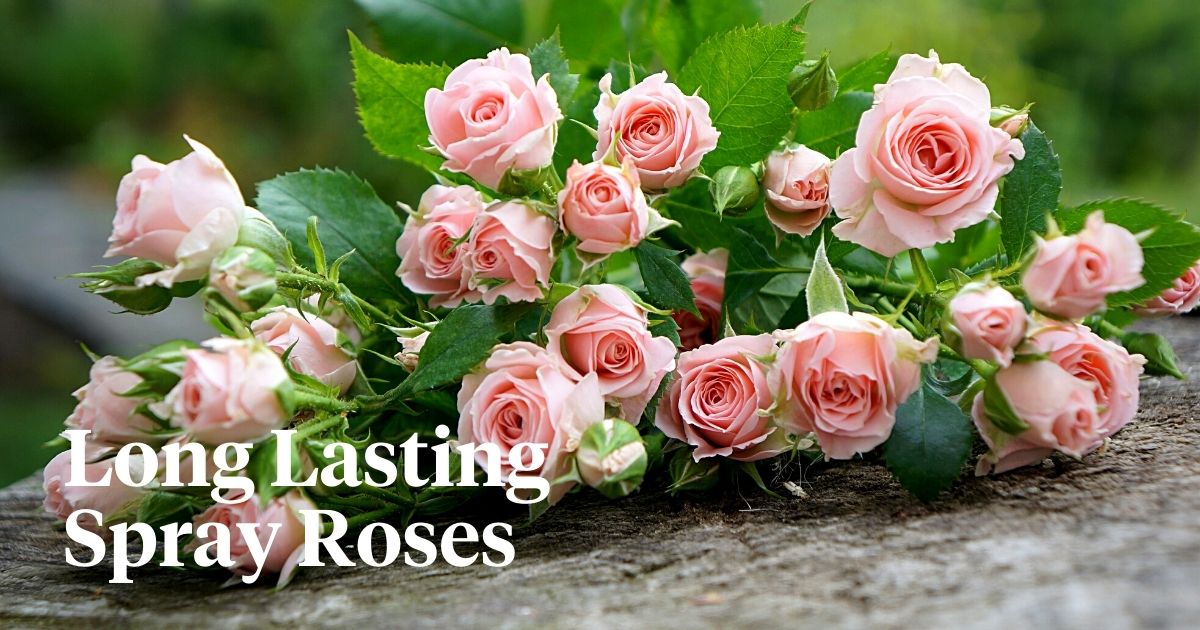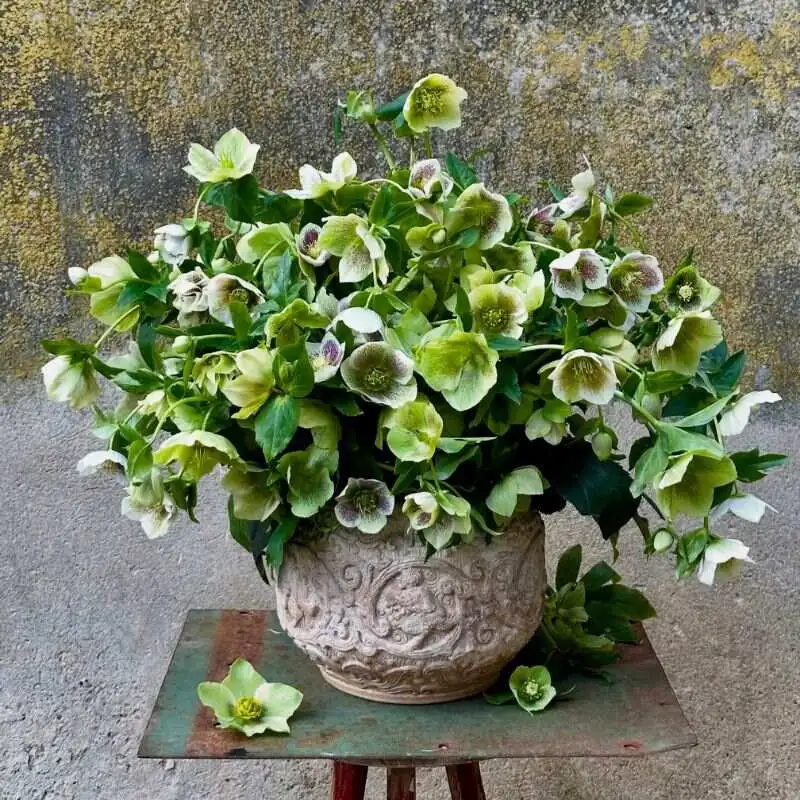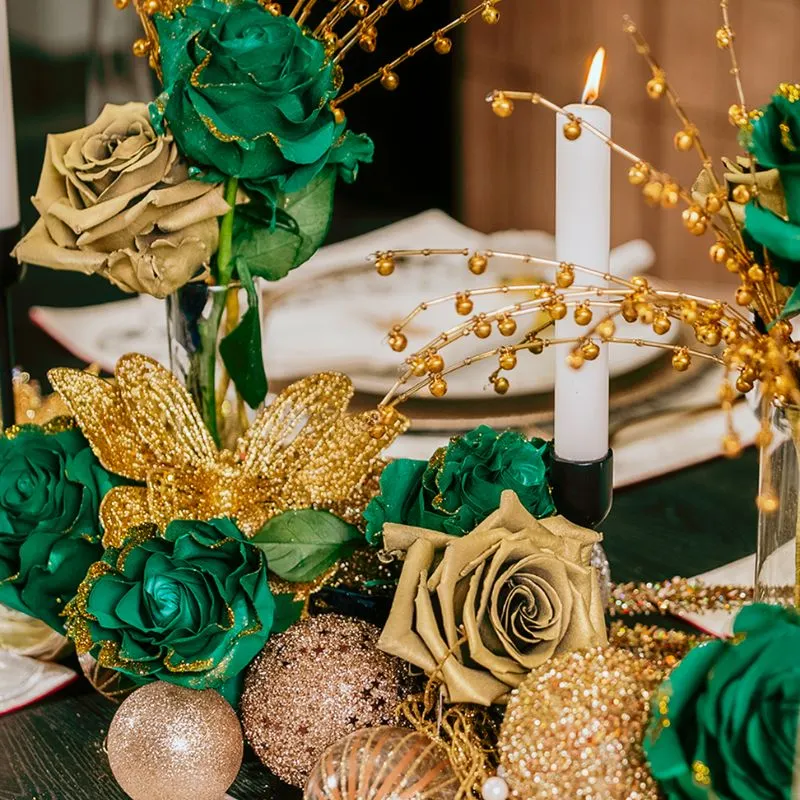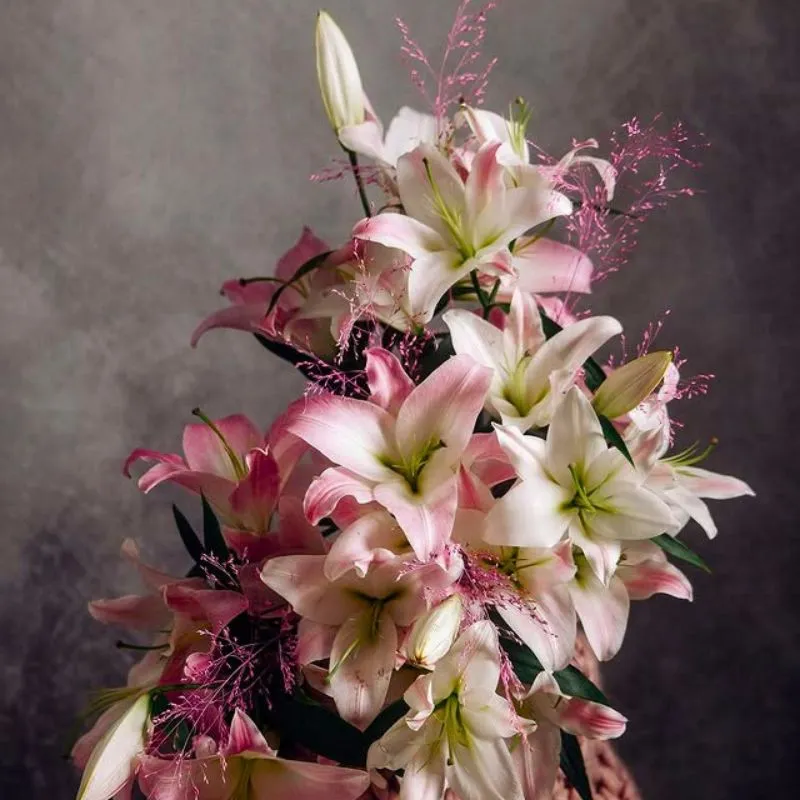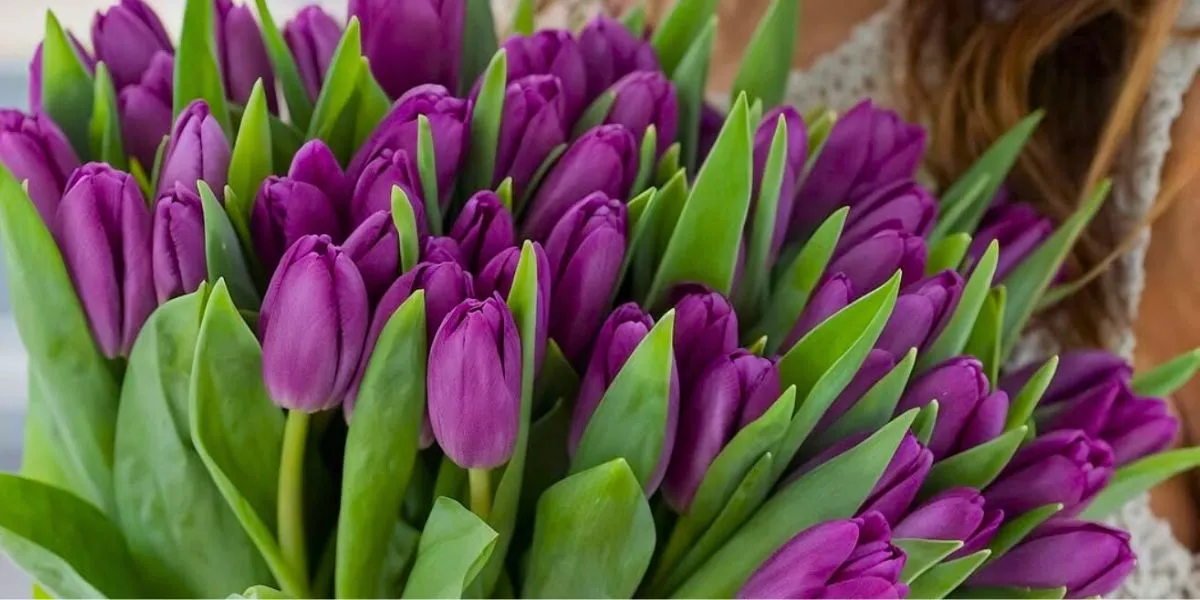Just like their standard counterparts, spray roses are an equally beloved flower for their quaint beauty and variety of colors. They are an equally popular choice for floral arrangements and bouquets. The vase life of these roses has, however, been a concern for florists and flower enthusiasts. These flowers hardly last long enough for one to satisfactorily savor their beauty.
A groundbreaking study by breeding company Interplant Roses, however, revealed a simple yet effective trick to prolonging the vase life of spray roses by up to 30%. This discovery has significant implications for the entire flower industry, more so for spray roses. It benefits breeders, growers, florists, and consumers of these flowers all alike.
Understanding the Impact of Cut Stage on Vase Life
In 2018, Interplant Roses embarked on a comprehensive research project to investigate the influence of the cut stage on the vase life of spray roses. By conducting extensive tests and sharing their findings, the breeder sought to understand the experience of florists and how to improve consumer perception of spray roses.
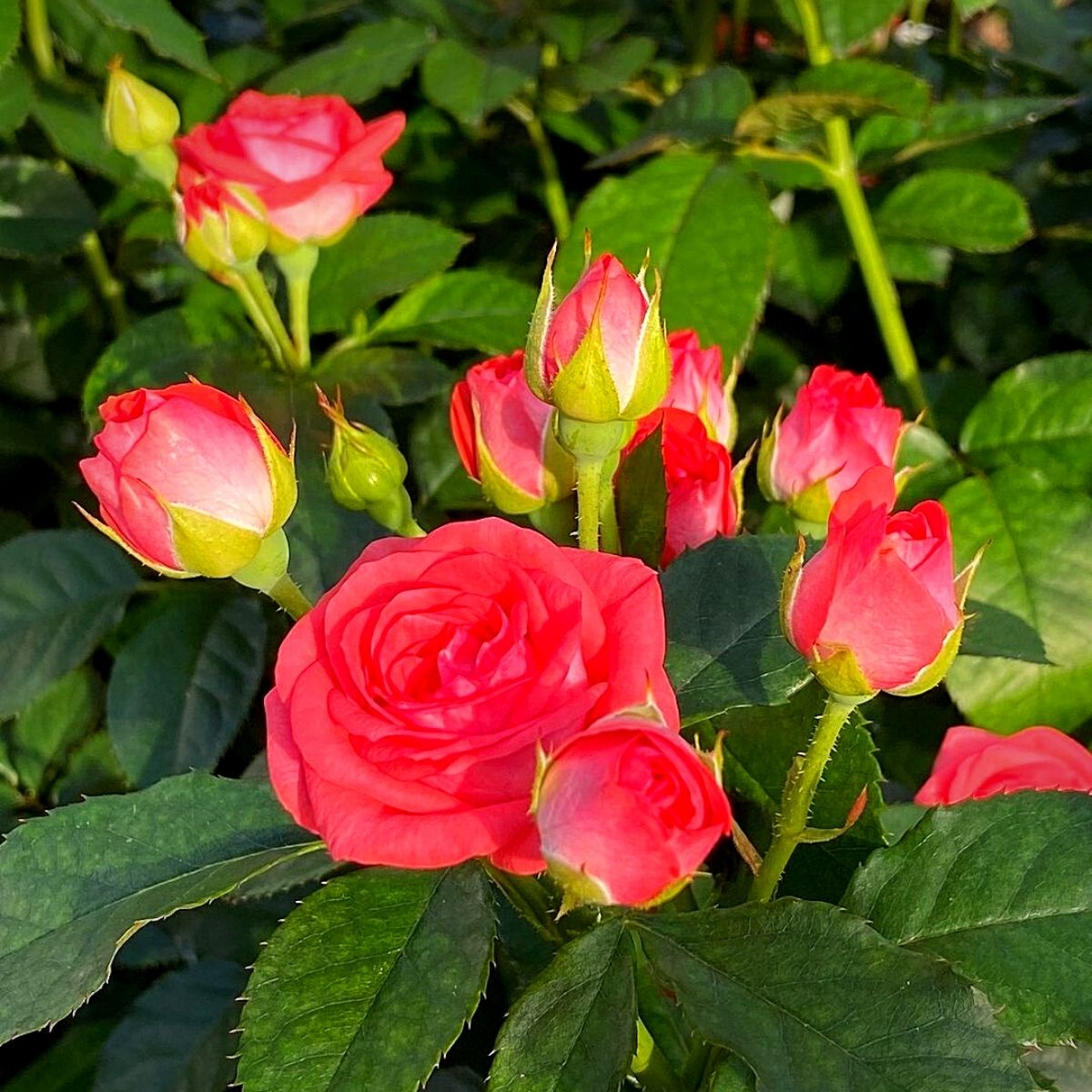
Its research department examined the vase life of spray roses harvested at different cut stages and the results demonstrated a remarkable improvement in vase life when spray roses were harvested at cut stage 3 (CS3). In comparison to other cut stages, spray roses harvested at CS3 exhibited a 30% increase in longevity. Additionally, these flowers showcased better opening characteristics, and the percentage of drooping necks was significantly reduced, provided that bacteria-free and clean water was used.
According to Robert Ilsink, the CEO of Interplant Roses, the rose breeder was interested in understanding the perception of traders and florists regarding the quality of spray roses, especially since the demand for large-headed spray roses had increased.
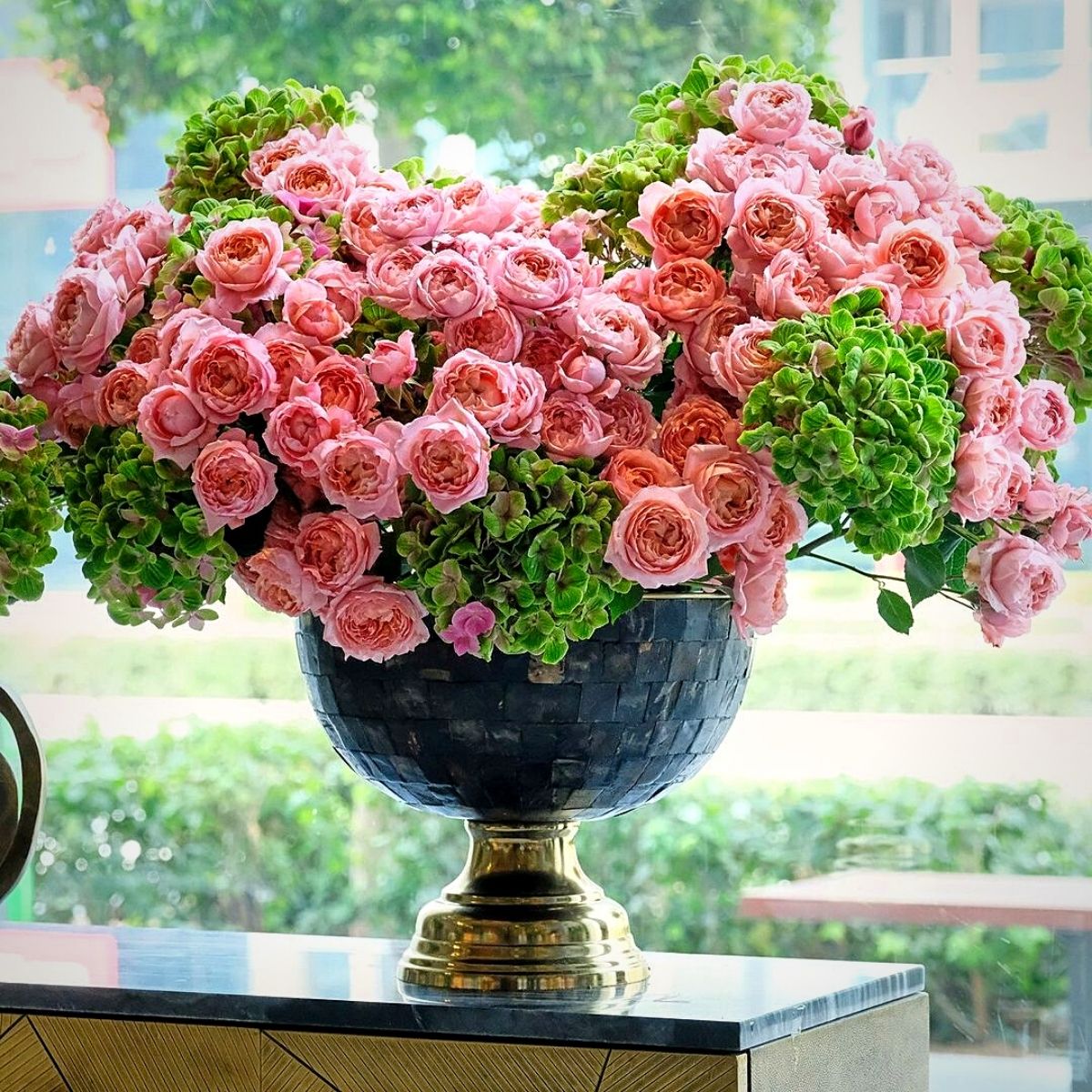
Photo by @worldofsprayroses
Hence, over several months, Interplant Roses did evaluations with auctioneers, growers, fellow breeders, growing consultants, traders, and other relevant parties, and according to Menno Nan, an auctioneer of flowers at the Royal FloraHolland auction, the outcome of the research was surprising yet simple as tests clearly showed the improvement of vase life when the right cut stage is maintained. This is how the auction clock works.
Robert Ilsink:
“Spray roses are harvested mainly according to the prescribed auction regulations. Our Interplant research department carried out various vase life tests in cooperation with FlowerWatch as we suspected that most spray roses were harvested too early.”
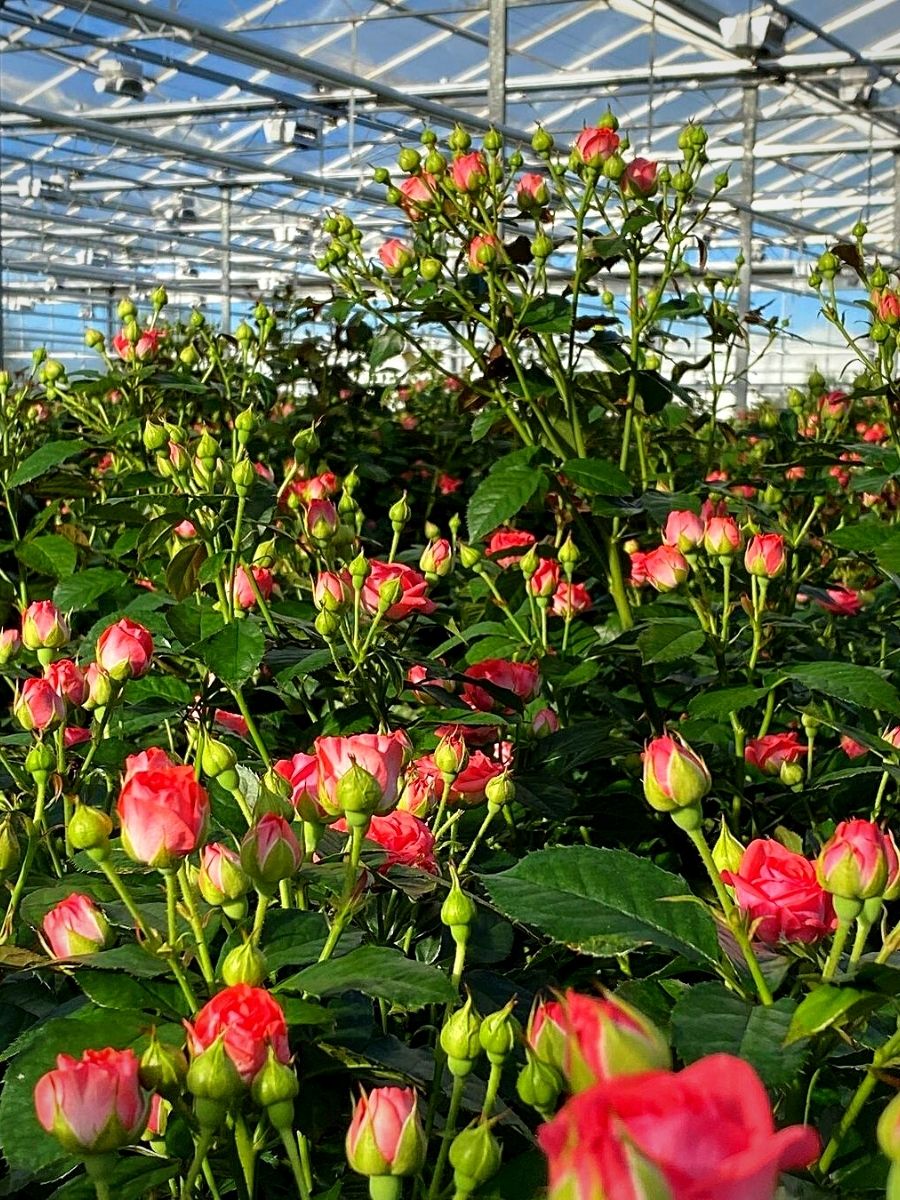
Photo by @sprayrosesbyopstal
Spray roses, like many other flowers, have a specific maturity stage at which they are ideal for harvest. Harvesting them too early or too late can adversely affect their vase life and overall quality.
For instance, the opening of their buds largely depends on the availability of sugars in the cut flowering stems. When harvested too tight, for instance at cut stage 2, there is insufficient energy in the stem to support the opening of the buds and subsequent flowering. As a result, the consumer gets a below-standard product that does not fully open and does not obtain the optimal vase life.
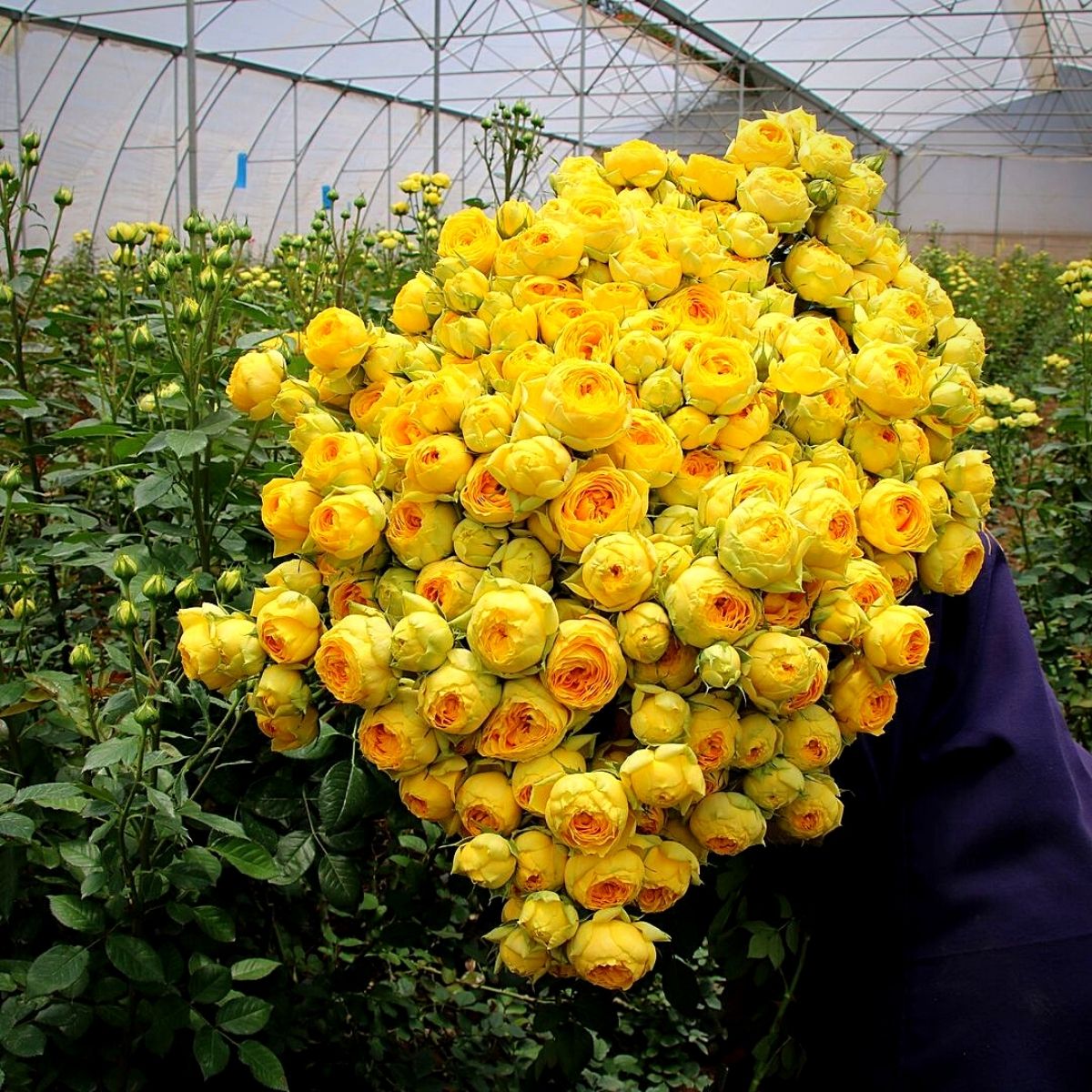
Photo by @tambuziroses
About the research, Jeroen van der Hulst, the founder of FlowerWatch said:
“For the research assignment we tested around 150 bunches of roses with different cutting stages of 50 varieties during a month. The impact on the vase life when harvested more open, is amazing. It is very clear that growers should invest in finding the right cutting stage for each rose variety and not be afraid to harvest large headed spray roses that are more open.”
It, accordingly, became apparent that a grower has to observe proper timing for harvesting their spray roses in order to maximize their post-harvest performance.
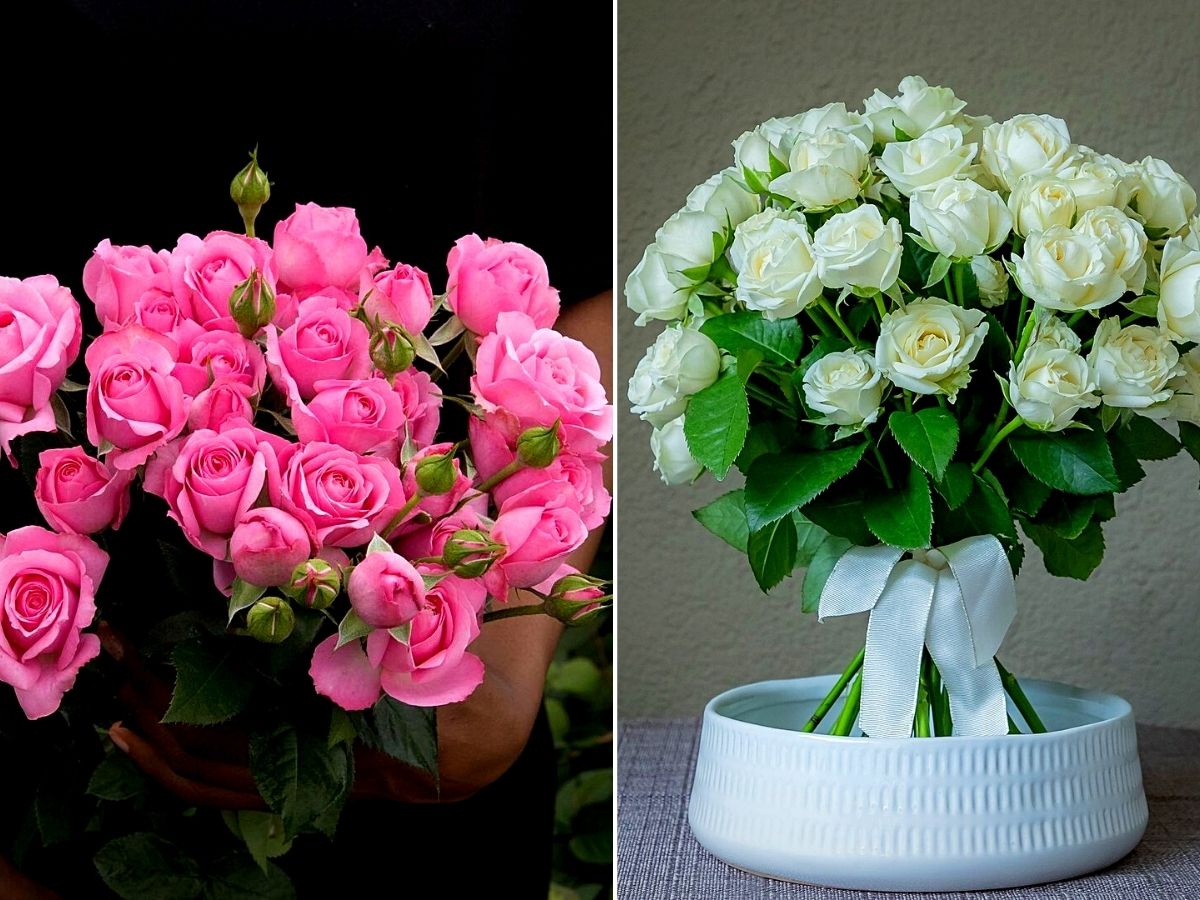
The Research’s Practical Implications for the Spray Rose Industry
By harvesting spray roses at the right maturity stage, growers can ensure that the flowers have achieved the ideal balance of bloom development and longevity. In this regard, the practice involves careful monitoring of factors such as petal color, bud size, and firmness. When harvested at the optimal stage, spray roses not only have a longer vase life but also exhibit better color retention and enhanced petal texture.
The revelations by Interplant Roses’ research have significant implications for the entire spray rose industry. Growers, florists, and consumers can all benefit from implementing these findings to ensure longer-lasting and more visually appealing spray roses.

Photo by @almasprayroses
For growers, understanding the impact of the cutting stage and maturity stage on vase life allows them to make informed decisions about harvest timing. By identifying the right cut stage and maturity stage for each rose variety, growers can optimize the quality and longevity of their flowers. This knowledge empowers them to deliver superior products and meet the increasing demand.
Florists, on the other hand, can leverage this knowledge to select spray roses that have been harvested at the optimal stage. They can choose flowers with a longer vase life and better opening characteristics, and hence provide their customers with arrangements that maintain their beauty for an extended period.
As for consumers, the extended vase life of spray roses means that they can enjoy their floral displays for a longer time. The enhanced longevity of these flowers ensures that they remain vibrant and fresh for much longer.
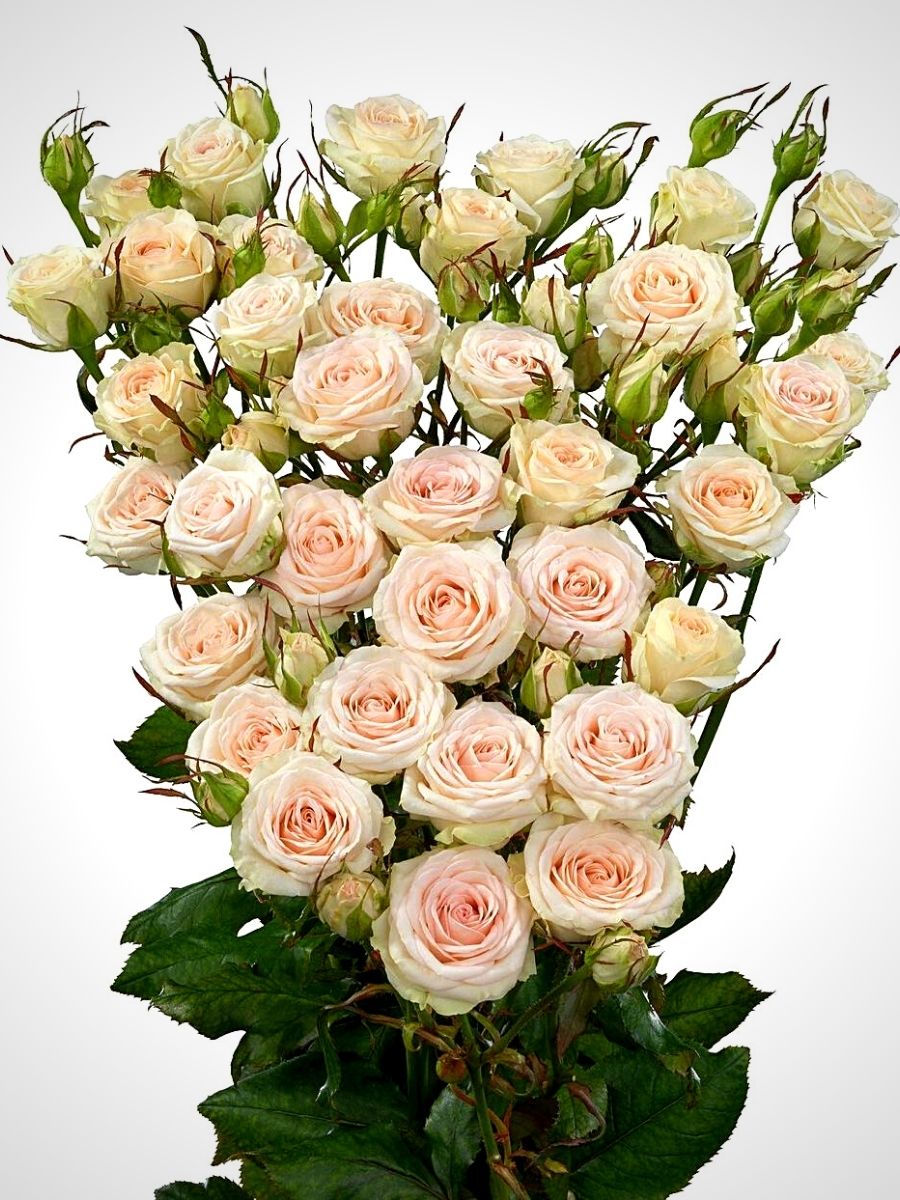
Photo by @interplantroses
Theo de Mooij of Hoven & De Mooij, a wholesaler that focuses on supplying top-quality floral products noted that selling spray roses with the right cut stage creates a win-win situation for all those involved in the value chain.
Going forward, Interplant expressed its optimism that the findings of its research will help in extending the vase life of spray roses, even as more research still goes on. The breeder noted that it is very important that the florists are well aware of this fact and make the right choices when purchasing spray roses.
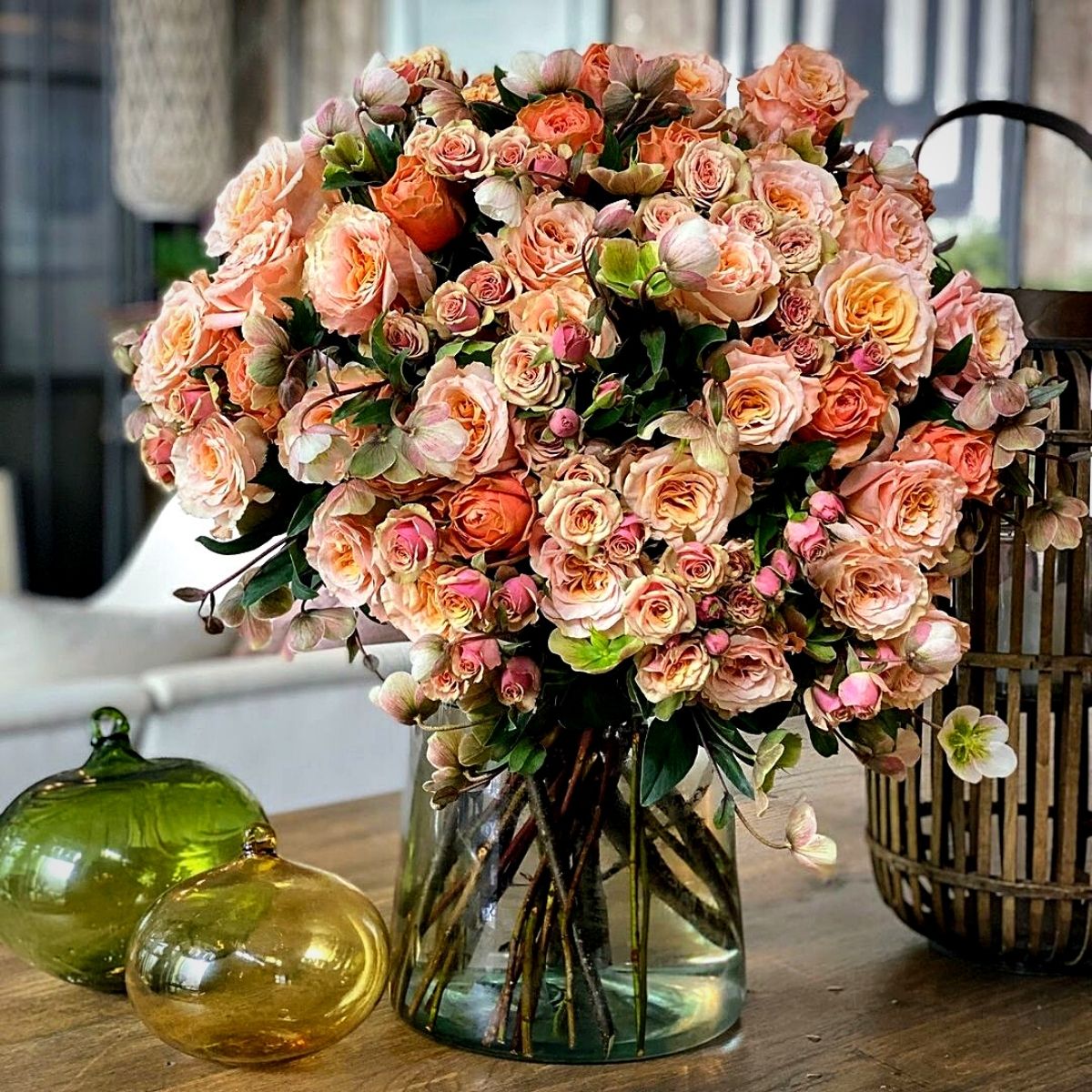
Photo by @worldofsprayroses
Here's more detailed info on the research.
Editor's note: This article was first published in December 2019.
Feature image by @worldofsprayroses, and header image by Evie Fjord

